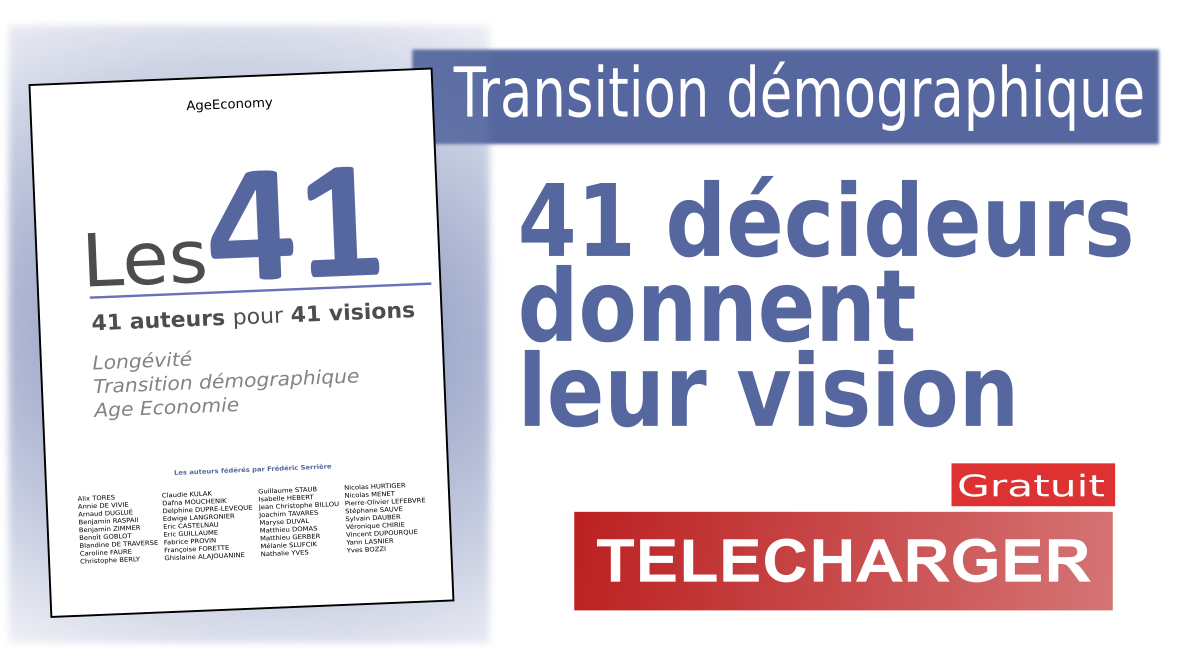With an electronic whir, the machine released a dollop of peach body shampoo, a kind of body wash. As the cleansing, bubbling action kicked in, Toshiko Shibahara, 89, settled back to enjoy the wash- and-soak cycle of her nursing home’s new human washing machine.
;
The temperature is just right, the bubbles are really comfortable, she said, happily sealed up to her neck inside Sanyo Electric’s latest elder care product. Turning to an attendant hovering around the pink, clamshell-shaped assisted-care bath, she asked: May I have a bit more water, please?
;
Futuristic images of elderly Japanese going through rinse and dry cycles in rows of washing machines may evoke chills. But they also point to where the world’s most rapidly aging nation is heading.
This spring Japanese companies plan to start marketing a robot suit, a motorized, battery-operated pair of pants designed to help the aged and infirm move around on their own.
;
Then there is the Wakamaru, a mobile, speaking robot equipped with two camera eyes. It is used largely by workers who want to keep an eye on their elderly parents at home. These devices and others in the works will push Japanese sales of domestic robots to $14 billion in 2010 and $40 billion in 2025 from nearly $4 billion currently, according to the Japan Robot Association.
;
Leaders of the Philippines and Thailand, two countries that are negotiating free-trade pacts with Japan, suggest a different route: granting work visas to tens of thousands of foreign nurses. But that is unlikely in a nation that last year granted asylum to only 10 refugees, and over the last decade has issued about 50,000 work visas a year a fraction of the 640,000 immigrants a year that demographers say is necessary to prevent Japan’s population from shrinking.
;
Building on this xenophobia, Japan’s nurses’ unions successfully lobbied members of the governing Liberal Democratic Party in late February to block the admittance of foreign doctors and nurses. Some congressmen said that foreign doctors and nurses should be allowed to treat only foreigners.
Caught between Japan’s high labor costs and anti-immigrant sentiment, some mainstream politicians have suggested exporting some of the elderly to Thailand and the Philippines. This has won little popular support.
;
So even though the human washing machine retails for almost $50,000, enough to pay a year’s wages for two Filipina nurses, robotic home care may lie ahead for Japan’s aging millions.
Fueling the demand is the decision by the government to push for home care for the elderly. Nursing homes are not seen as a financially viable option in a society where the portion of people aged 65 or older is forecast to soar to 36 percent in 2050 from 19 percent today. By that time, there may be only one worker for every retiree.
;
Japanese women increasingly rebel against traditional expectations that they will stay home to care for aged relatives, creating an ever-larger pool of elderly people in need of care.
;
There are 600 would-be residents on the waiting list here, said Yukiko Sato, general manager of the Katsura-ryo nursing home in Machida. The home has only 80 residents. A year ago, Katsura-ryo became one of the first 100 companies in Japan to buy Sanyo’s washing machine for people.
;
Residents say it is really good because they warm their whole body, they can take the bath on their own, they can protect their privacy, Sato added. As for the staff, it means less burden on their backs. Also, they can save time because the whole procedure can be done in a very short time.
;
The washer operates something like an MRI, or magnetic resonance imaging machine. The patient is in a chair that is wheeled into place, whereupon the sides close like a clamshell, with the person’s head sticking out the top. Shampooing and drying are done by hand.
;
At a Sanyo office in Tokyo, Hiroaki Otsubo, a general director for biomedical business development, said that the washing machine was developed by Mitsuru Haruyama, a businessman whose muscular dystrophy left him disabled.
;
Some people in the industry say Japanese people are not able to accept a robot as a nurse, that they attach importance to the humanity aspect, Otsubo said. So we are stuck in the middle between efficiency and nursing with a human touch. But if you pay attention to the humanity side, you obviously need labor power.
;
But several elderly women residents of Katsura-ryo said they rather enjoyed the robotic bath.
It automatically washes my body, so I am quite happy about it, said Kuni Kikuchi, 88, who is paralyzed
on her left side because of a stroke. These bubbles are good for the massage effect.




